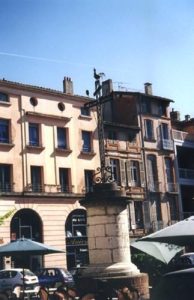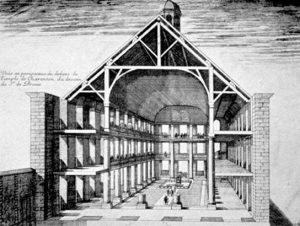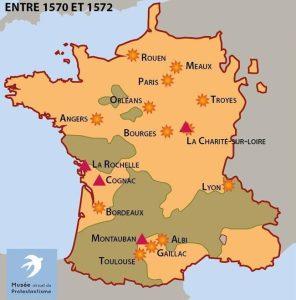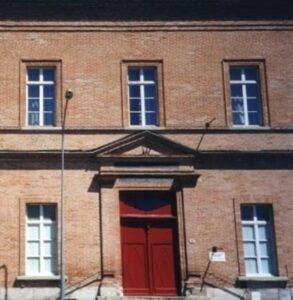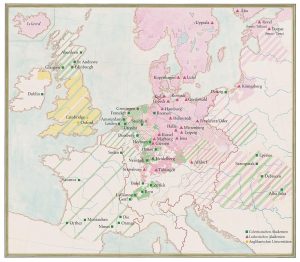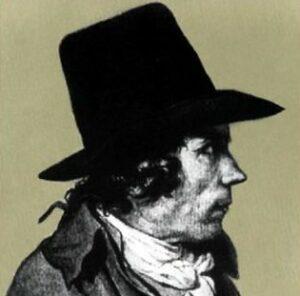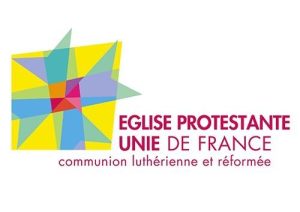The "temple in the School"
1565 : The Protestants set up a temple within the building of the Grande Boucherie. A school near the consulate castle is used as a place of public worship and called “the temple in the School“.
At the beginning of the 17th century, the city authorities were obliged to find means of accommodating the large reformed congregation.
The "old Temple"
1609 : the school, , in which the temple was built was destroyed (it is now part of the Lefranc de Pompignan Square) and a larger edifice erected on a bigger area to accommodate more people. This building was called the “old Temple” ; a new temple was built later by Pierre de Levesville.
The "new Temple"
1615 : The city authorities and Pierre de Levesville signed an agreement to build a new temple on what is now Place du Coq. This edifice required urban modifications.
1617 : The building of the new temple, called the “new Temple”, was completed. It was built on a centred plan, was 13m high and had a carefully decorated main portal. The front was decorated with spacious monumental pilasters and had two towers containing spiral staircases.
Successive destructions
29 October 1664 : A royal decree ordered the destruction of the “new Temple”. That same decree allowed the extension of the “old Temple”, but the Reformed did not dare take advantage of it.
Early 1665 : The “new Temple” was in ruins. In its place a cross was erected, topped by a cock.
2 June 1683 : A decree of the Toulouse Parliament forbade the practice of “Pretended Reformed Religion” (RPR) worship within the Montauban jurisdiction, and ordered the “old Temple” to be destroyed.
23 June 1683 : Destruction of the “old Temple”.

